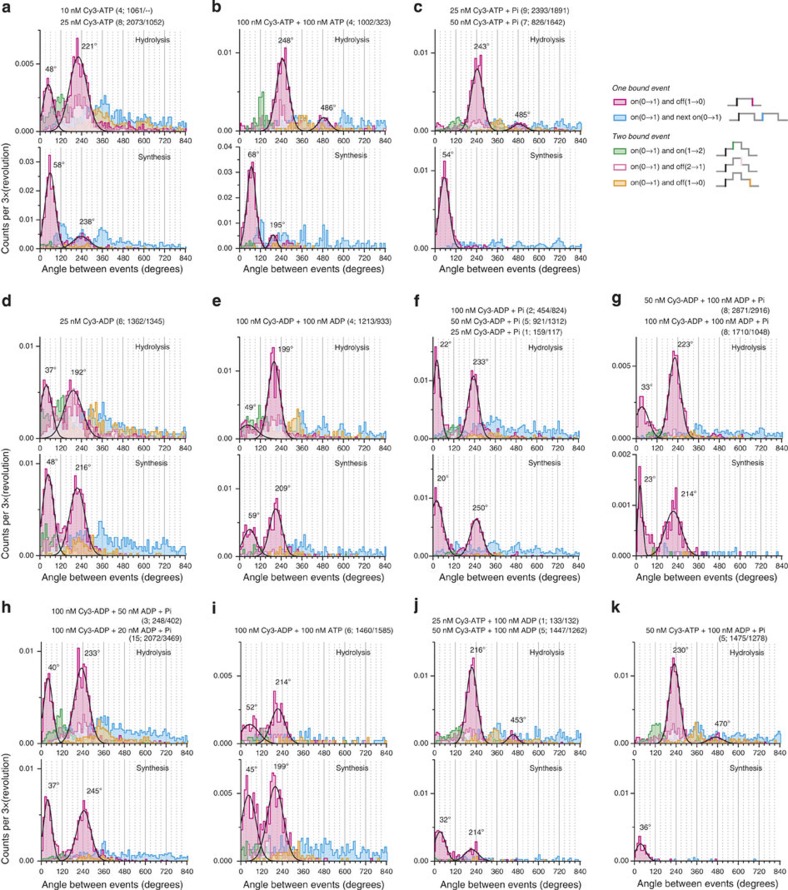Figure 4. Histograms of the angular intervals between events.
(a) Cy3-ATP. For each sequence defined on the right of c (same as in Fig. 2), the angle between the first on event (black) and a subsequent event (colour coded) was scored and binned at 10° intervals. The nucleotide conditions and the numbers of molecules and rotations in the hydrolysis/synthesis directions in parentheses are indicated at the top. Major peaks in the magenta histograms for the simple events are fitted with a Gaussian distribution and the peak angles are indicated. (b) Cy3-ATP+unlabelled ATP. (c) Cy3-ATP with 10 mM Pi. (d) Cy3-ADP. (e) Cy3-ADP+unlablled ADP. (f) Cy3-ADP with 10 mM Pi. (g,h) Cy3-ADP+unlabelled ADP with 10 mM Pi. (i) Cy3-ADP+unlabelled ATP. (j) Cy3-ATP+unlabelled ADP. (k) Cy3-ATP+unlabelled ADP with 10 mM Pi. Note that, for the simple events in magenta, long bindings for ~240° and short bindings for <120° are conspicuous in most histograms. The next small peak at ~480° presumably results from a ~240° binding on one site followed by another ~240° binding on a different site, with a very short (<3 video frames) overlap or intermission that we ignore in the analysis. For Cy3-ATP in hydrolysis rotation, the addition of unlabelled ATP (b), Pi (c), unlabelled ADP (j), or unlabelled ADP and Pi (k) all result in the suppression of short bindings. The trend is similar for Cy3-ADP in hydrolysis rotation (d,e,g) except that Pi does not suppress short bindings (f,h) and unlabelled ATP suppresses both long and short bindings (i). For Cy3-ATP in synthesis rotation, short bindings predominate with Cy3-ATP alone (a), and the addition of unlabelled ATP (b), Pi (c), or unlabelled ADP and Pi (k) all enhance this trend by suppressing long bindings, Pi being most effective (c,k). Unlabelled ADP suppresses both long and short bindings (j). For Cy3-ADP in synthesis rotation, long and short bindings are suppressed to more or less similar extents by Pi or unlabelled ADP or ATP (d–h).

